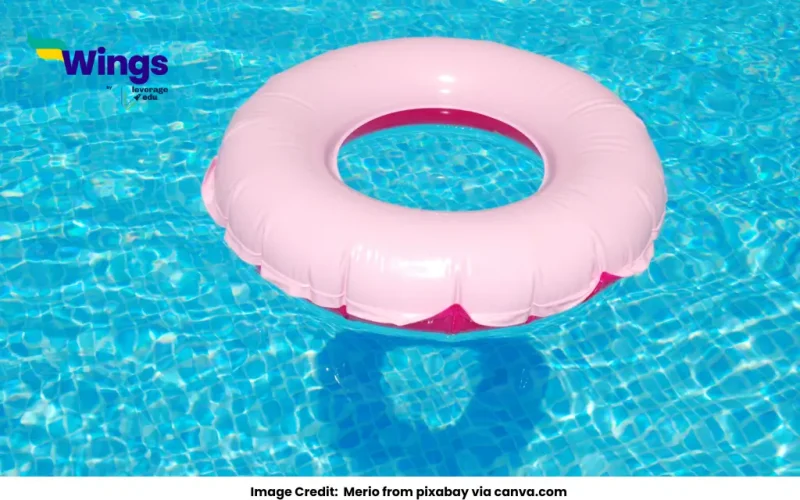The principle of floatation states:
“An object will float in a fluid if the weight of the fluid displaced by the object is equal to or greater than the weight of the object itself.”
This principle is based on Archimedes’ Principle, which says that any object submerged in a fluid experiences an upward force (called the buoyant force) equal to the weight of the fluid it displaces. The principle of floatation is an application of this concept to determine whether an object will float or sink.
How It Works?
When an object is placed in a liquid (like water), it displaces a certain volume of that liquid. The displaced liquid exerts an upward buoyant force on the object. The object’s weight pulls it downward, while the buoyant force pushes it upward.
- If the weight of the object is equal to the buoyant force, the object floats at the surface in neutral equilibrium.
- If the weight of the object is more than the buoyant force, the object sinks.
- If the weight of the object is less than the buoyant force, the object rises and may float partially submerged.
For example, a wooden block floats on water because the weight of the water it displaces is equal to the weight of the block. On the other hand, a metal ball sinks because its weight is greater than the buoyant force exerted by the water it displaces.
Applications
- The principle of floatation is used in many real-world applications:
- Ships and boats are designed to displace enough water to balance their weight and stay afloat.
- Submarines adjust their buoyancy to sink or rise by controlling the amount of water in their ballast tanks.
- Hydrometers float in liquids and are used to measure density or specific gravity.
In conclusion, the principle of floatation helps explain and predict the behavior of objects in fluids, which is crucial in engineering, navigation, and everyday life.
Common Doubts of Physics
 60,000+ students trusted us with their dreams. Take the first step today!
60,000+ students trusted us with their dreams. Take the first step today!


 One app for all your study abroad needs
One app for all your study abroad needs










